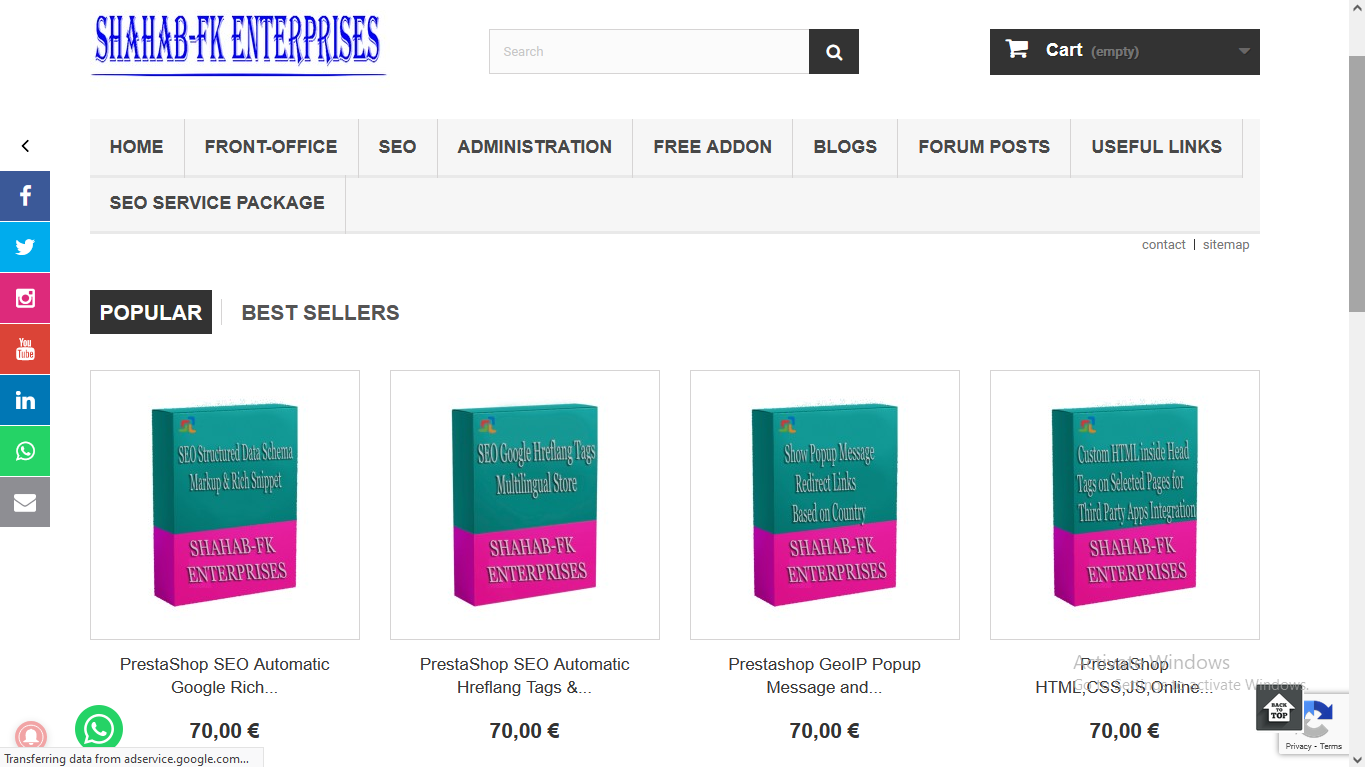How Content Management Systems Have Revolutionized Web Design At one time websites were built using HTML and hardcoded with a homepage as a central hub and a number of subpages linked from a navigation menu. This method produced websites that loaded quickly and, with a little tweaking, produced a perfectly acceptable result. It was the only means of publishing pages online for many years, but since content management systems became available they have changed the way websites are built forever.
The introduction of content management systems started approximately 10 years ago and had the big advantage of allowing the website owner or administrator to add content themselves. This had clear benefits for the user as they could update their websites, including the way it looked through the use of a theme, without involving a third party. This meant that the changes could be implemented quickly and without any additional expense.
Many platforms were developed with the rise of blogging as a pastime and these were to become extremely popular. WordPress is one of the best-known and most widely used platforms, and it has become so popular partly because it is an open-source development and consequently free to implement. With a CMS the user has complete control over the content that is published. Additional users can be added, and different roles accommodated, so for example some users can be identified as contributors while others can be editors.
All content management systems are based on two principles; a database that actually holds information for each page or post and a means of extracting that and making it visible. Several different server technologies are used for this, but in the case of WordPress and many other open-source platforms, the database used is MySQL and the means of extraction is PHP. The fact that the pages are virtual means that they don’t actually exist until they are called by the browser.
The most recent CMS websites use HTML 5, the latest version of HTML markup language, which allows easy integration of images and of multimedia files such as video. Many current CMS websites also use a responsive theme which means that they will render equally well on a mobile or handheld device as they do on a desktop computer.
One of the disadvantages of using a CMS, particularly on a shared hosting account, is that they sometimes take longer to load than a straightforward HTML website. In the case of WordPress, Joomla!, Drupal, and several other popular platforms plug-ins are available which minimize this effect by caching the HTML code that is generated and delivering that “snapshot” of the page in order to speed up loading times.
With the latest advances in server technologies, the widespread availability of CMS, and the very low cost of development, content management systems are now the standard for web design today. As with most advances in technology, a return to hard coding HTML is very unlikely so most design effort is now focused on creating attractive, fast loading themes for CMS systems.

